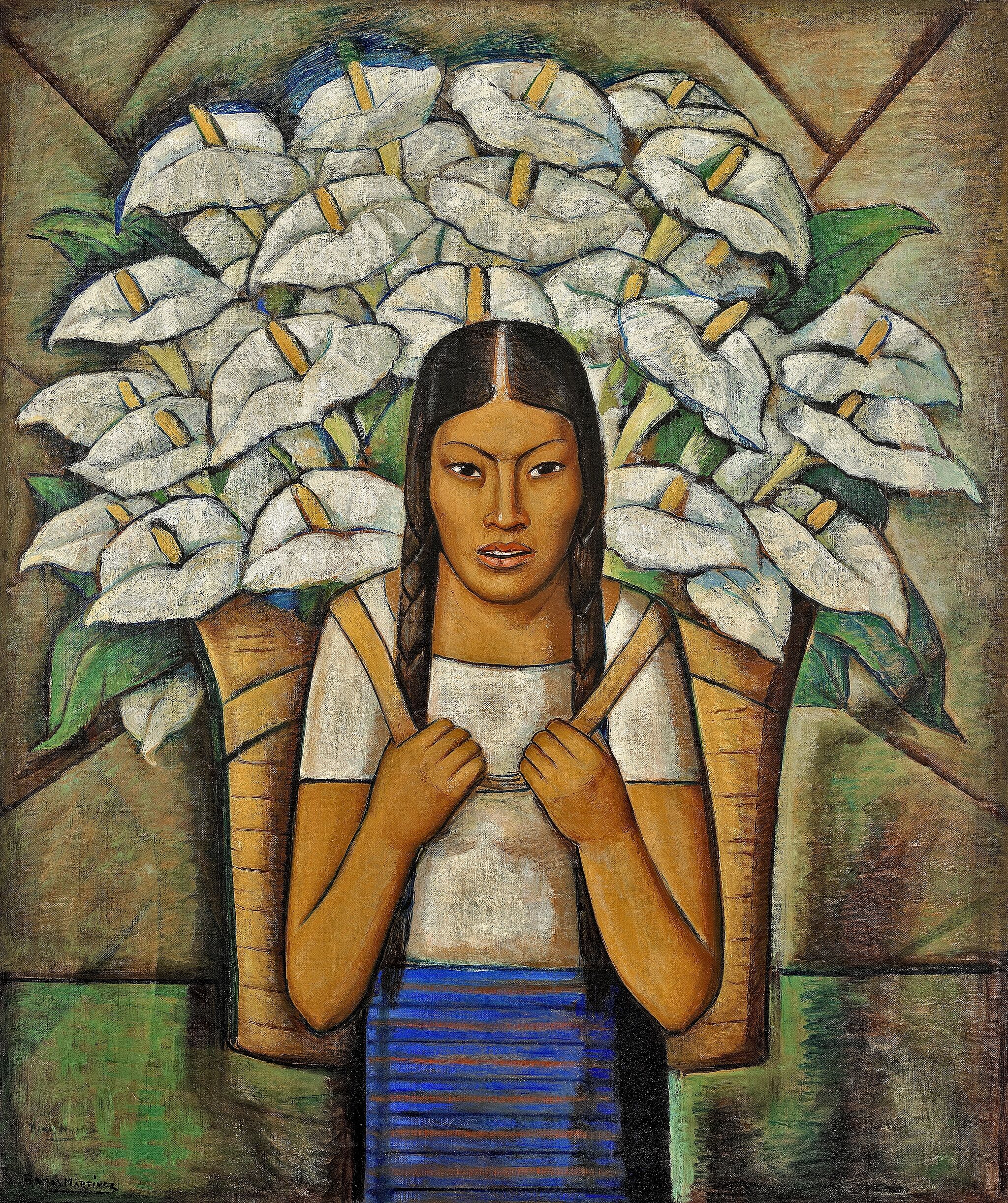Diego Rivera, Pneumatic Drilling, 1931–32
Jan 22, 2020
0:00
Diego Rivera, Pneumatic Drilling, 1931–32
0:00
Mark Castro: When Rivera was planning a mural, he would go through various stages of drawing it out in different forms, often starting with small-scale drawings and sketches, and then soon moving on to full-scale cartoons like this one for Pneumatic Drilling.
Narrator: Mark Castro is the Jorge Baldor Curator of Latin American Art at the Dallas Museum of Art.
Mark Castro: Rivera came to New York to paint a series of mural panels for his first one-man show in the United States. And, as we know, from what he recounted of his experiences there, one of the first things he saw was a group of men at work, digging and excavating around what was becoming Rockefeller Center. He was fascinated by the ways in which man and machinery meet, and the ways in which they change the world together.
Rivera really believed that artists were in and of themselves workers, in the way that a construction worker or an agricultural worker is a laborer, is someone who is working with their hands to produce something. In his own work and his own persona, kind of crafted himself as an artist worker wearing overalls, often covered with plaster from his work on fresco.
I think you see that reflected in many of his figures, he tends to favor solid, broad figures that have a substantial feeling to them, that are, in his mind, the image of the worker, the solid person who is building our society.
Narrator: As you look around this gallery and the next, you’ll find many works that take their inspiration from Rivera’s muscular approach. During the Depression, Franklin Delano Roosevelt’s administration set up a number of public works projects intended to employ artists and lift the public’s spirits. Many of the artists who worked on those projects took Rivera as a model, in some cases, learning from him directly while working as his assistants.

